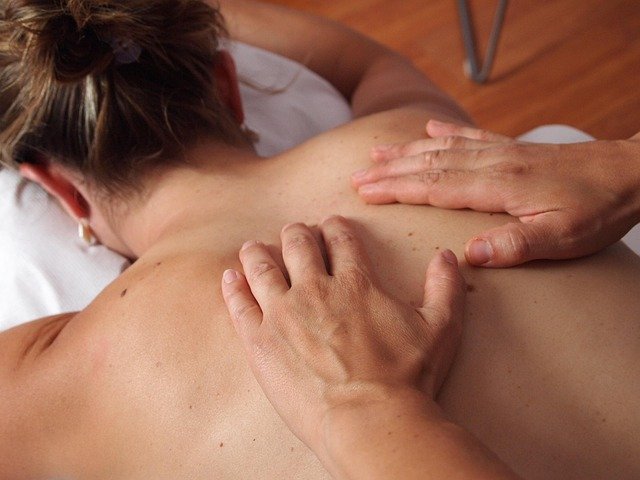Massage at Home: Practical Tips for Wellness and Relaxation
Massage is a time-honored way to reduce tension, ease muscle soreness, and support overall wellness. Whether you visit a clinic, hire a mobile therapist, or create a calming routine at home, massage can be tailored to fit your needs and schedule. This article explains what massage does, how it supports relaxation and wellbeing, how to choose a therapist, and practical tips for bringing effective treatments into your home environment.

What is massage and how does it work?
Massage is the manual manipulation of soft tissues—muscles, tendons, ligaments, and connective tissue—using strokes, pressure, and movement. Techniques range from Swedish and deep tissue to sports and myofascial release, each addressing different goals such as improved circulation, reduced muscle tightness, or enhanced mobility. By stimulating blood flow and activating the nervous system’s relaxation pathways, massage can decrease perceived pain and promote a state of calm. Effects vary with technique, therapist skill, and individual health conditions, so clear communication about goals and sensitivities helps optimize outcomes.
How does massage support wellness?
Massage contributes to wellness by addressing both physical and mental aspects of health. Physically, regular treatments can help reduce chronic tension, improve joint range of motion, and speed recovery after exercise. Psychologically, the hands-on contact and intentional breathing encouraged during a session can lower stress hormones and increase feelings of relaxation. Integrating massage with other wellness practices—sleep hygiene, hydration, movement, and stress management—creates a more comprehensive approach to long-term health rather than relying on a single modality.
Techniques that enhance relaxation
Relaxation-focused sessions often prioritize gentle, rhythmic strokes and longer treatment time on areas that hold stress, like the neck, shoulders, and upper back. Swedish massage, aromatherapy-enhanced touch, and craniosacral methods are commonly used to encourage deep relaxation. Simple adjuncts—ambient lighting, calming music, and mindful breathing—amplify the effect. If your primary goal is relaxation rather than rehabilitation, tell your therapist so they can adjust pressure and pace. Self-massage techniques and tools such as foam rollers or handheld massagers can also help maintain a relaxed state between professional sessions.
Choosing a qualified therapist
Selecting a therapist involves checking credentials, experience, and client feedback. Look for practitioners who are licensed or certified according to local regulations, and who have experience with the technique you prefer. A good therapist conducts a pre-session consultation, asks about medical history and pain patterns, and explains contraindications. Communication style matters: a therapist who listens and adapts pressure, positioning, and focus areas typically delivers better outcomes. If you seek a mobile therapist to come to your home, confirm professional insurance and clear policies about cancellation, hygiene, and equipment.
This article is for informational purposes only and should not be considered medical advice. Please consult a qualified healthcare professional for personalized guidance and treatment.
Bringing massage into your home
Home massage can mean professional mobile visits, partner-assisted techniques, or self-care routines. To prepare a home session, create a quiet, warm space with a flat surface or a massage table if available, soft linens, and minimal distractions. Use pillows for support and towels for modesty and warmth. If you hire a mobile therapist, provide clear directions to your space and a comfortable area for them to set up. For self-massage, focus on slower, intentional movements: gentle neck rolls, hands-on shoulder kneading, and foot massage with a ball can be effective. Regular short sessions at home can complement less frequent professional treatments and help maintain relief.
Conclusion
Massage is a versatile tool for relaxation and wellness that can be adapted to clinical goals, comfort preferences, and home settings. Understanding techniques, choosing a qualified therapist, and preparing a calm space at home extend the benefits beyond a single session. When used as part of a broader wellness plan and coordinated with healthcare guidance when needed, massage can support reduced muscle tension, improved mobility, and a greater sense of relaxation and balance.






